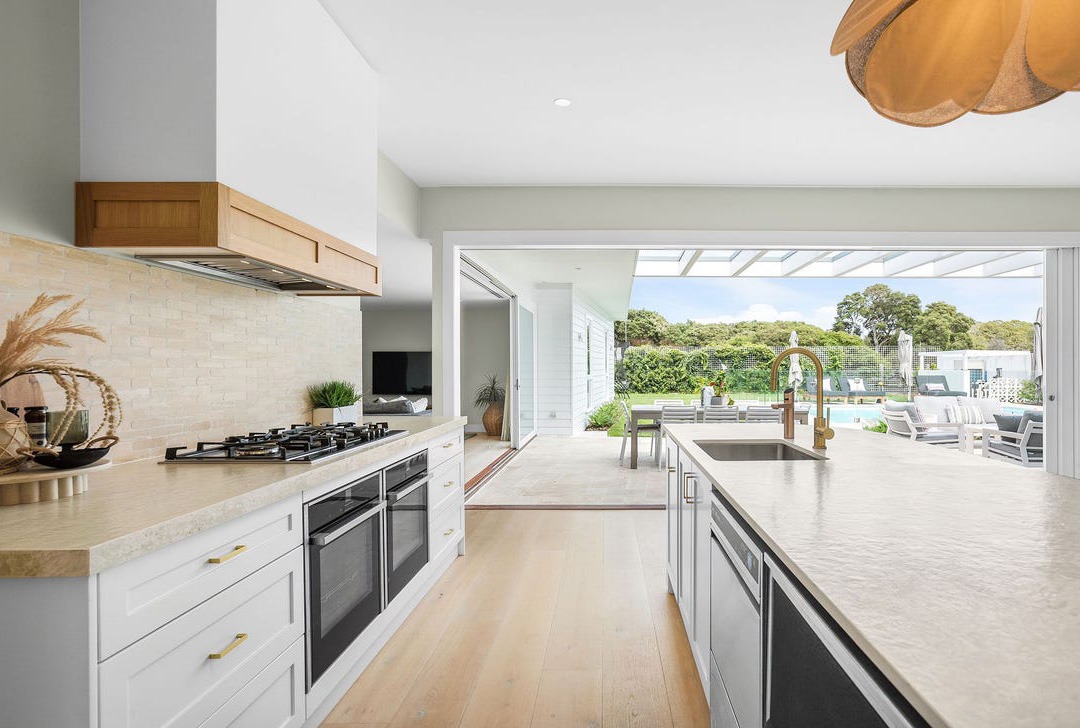Thinking about upgrading your home’s joinery? Whether it’s a kitchen remodel, new bathroom cabinets, or custom storage solutions, there’s a lot to consider. It can be exciting but also a bit overwhelming, especially if you’re not sure where to start.
This checklist is here to help you think through all the important details so you can plan your project with confidence.
Consider it our way of sharing some insider tips with you.
1. Get Clear on What You Need
Before you even think about designs or materials, it’s really important to nail down exactly what you need from your new joinery. What problems are you trying to solve? Is your current kitchen lacking storage? Are your bathroom cabinets outdated? Maybe you need more space for your growing family. Knowing what you need will help guide every other decision you make.
2. Set a Budget You’re Comfortable With
We all know how easy it is to get carried away when planning a home project. To avoid any nasty surprises, it’s smart to set a budget early on. Do a bit of homework to get an idea of what your project might cost.
Once you have a rough figure, decide what’s most important to you. Maybe it’s worth splurging on high-quality materials in the kitchen but saving a bit in the laundry room. And don’t forget to leave a little extra in your budget for those unexpected expenses that always seem to pop up.
3. Think About the Space You’re Working With
The space you have will really influence what you can do with your joinery. Start by measuring the area where your new joinery will go. Pay attention to things like windows, doors, and any awkward corners that might affect your design.
It’s also worth thinking about how you use the space. For instance, in a kitchen, you want a layout that makes cooking easy and enjoyable, so keep the work triangle (sink, stove, fridge) in mind.
4. Choose the Right Materials
The materials you choose will have a big impact on both the look and longevity of your joinery. If you want something that’ll stand the test of time, solid wood is a great option, but it does come with a higher price tag.
Veneer can give you that wood look for less, but it’s not as durable. Think about how much wear and tear your joinery will face—kitchens and bathrooms, in particular, need materials that can handle moisture and frequent use.
5. Don’t Overlook the Finishing Touches
Once you’ve picked your materials, it’s time to think about finishes and hardware. These might seem like small details, but they can really pull your design together. Do you want a glossy finish that’s easy to wipe down, or maybe a matte look that’s a bit more understated?
And what about the hardware—are you after something sleek and modern, or maybe something more traditional? Whatever you choose, make sure it matches the overall style of your home.
6. Plan Your Lighting Carefully
Lighting is one of those things that people often forget about until it’s too late. But good lighting can make a huge difference in how your joinery looks and functions.
Under-cabinet lighting is a must in kitchens, where you need good visibility while you’re cooking. And don’t forget about how natural light will affect your space. If your joinery is in a spot that gets a lot of sun, you’ll want to choose materials and finishes that won’t fade over time.
7. Be Ready for the Unexpected
Even the best-laid plans can hit a snag or two, so it’s good to be prepared. Think about potential issues that could come up during your project. For example, do you have enough storage space, or will you need to get creative with your design? Will your new joinery block access to any important utilities like plumbing or electrical outlets? By anticipating these challenges, you can plan for solutions before they become problems.
8. Get Professional Advice
Even if you’ve got a pretty clear vision of what you want, it never hurts to get a second opinion. A professional joiner or interior designer can offer insights that you might not have considered.
They can help you refine your ideas, suggest materials that would work well, and ensure your design is both beautiful and functional. Plus, they can help you avoid any common pitfalls that could derail your project.
9. Set a Realistic Timeline
It’s easy to get impatient when you’re excited about a project, but rushing things can lead to mistakes. Create a timeline that breaks your project into manageable phases, from planning and design to installation and finishing touches.
Keep in mind that custom joinery can take a bit longer to produce, so factor in lead times for materials and any unexpected delays. A well-thought-out timeline will help keep your project on track.
10. Think Long-Term
Finally, think about how your new home joinery will serve you in the years to come. Will it adapt to your changing needs, or will you need to make more changes down the line?
If you’re planning to stay in your home for a while, it’s worth investing in high-quality joinery that will stand the test of time. And if you might sell in the future, consider how your choices might appeal to potential buyers. Good joinery can add real value to your home.
What’s the Next Step in Your Joinery Journey?
Planning a home joinery project doesn’t have to be stressful. With a bit of foresight and careful consideration, you can create a space that not only looks fantastic but also meets your needs for years to come.
At Melbourne Joinery Services, we’re here to help every step of the way. Whether you’re just starting to dream up ideas or ready to get started, we’re here to offer expert advice and top-notch craftsmanship.


